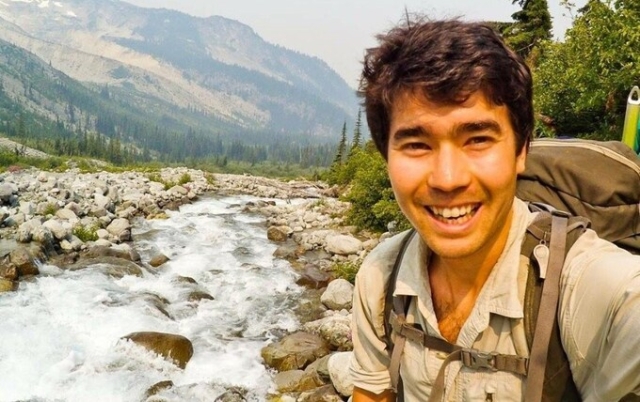 Missionary John Chau was killed in 2018. Photo: Reuters
Missionary John Chau was killed in 2018. Photo: Reuters
On the morning of November 17, 2018, on North Sentinel Island in the Indian Ocean, a man emerged from the sea. He was dressed only in shorts, shouted incomprehensibly and waved his arms furiously. The sentry noticed him and warned him to leave.
The man came closer. His screams became more desperate, his gestures more and more wild. The sentry took aim at the man with his bow and arrow. The man came closer. The sentry fired.
The stranger in the surf was 26-year-old American Christian evangelist missionary John Allen Chau, who believed he was on a mission from God—the “Great Commission”—to convert the island's inhabitants to his faith. The watchman on the beach was a member of the Northern Sentinelese, one of the last remaining «uncontacted» tribes in the world.
The group, numbering about 200 people, appears to use only Stone Age tools and technology. They aggressively defend their remote island in the vast Andaman archipelago. After the 2004 Boxing Day tsunami they fired on a reconnaissance helicopter; and they are known to kill fishermen who wash up on their shores in a drunken state. In 2018, during Chau's second address to the community, he was killed — and found himself at the center of a global news storm.
Chau's story has now been turned into a film, The Mission, produced by National Geographic and directed by American documentarians Amanda McBain and Jesse Moss. It's an unsettling, gripping exploration of faith, anthropology, and the edge of remoteness and strangeness.
«The paradox of John was that he wasn't stupid,» explains Moss. “He was very smart. He was methodical. We like to think of such people as fanatics. But there is much that is normal about him. However, he hid a lot.”
In some ways, Chau was a typical millennial. Born in 1991 in Scottsboro, Alabama, he grew up an avid outdoorsman, going on week-long solo hikes and obsessively documenting his adventures on social media. He even became an influencer for a beef jerky company.
Chau came from a moderate Christian family. But gradually, through school, youth camps and a bachelor's degree at Oral Roberts University, a private Christian institution, he came under the influence of a more radical faith. He first heard about the North Sentinelese when he was a teenager, and around the same time began to believe in the evangelical mission of bringing the Gospel to remote, isolated peoples.
“John was bi-faith,” McBain says. “There was his evangelical Christianity, but also his love of adventure, stories like Tintin and Robinson Crusoe. He wanted to be a storybook character and paid the ultimate price for it.”
North Sentinel itself is buried under hundreds of years of myth-making. During the Victorian era, the Andaman Islands — then part of the British Empire — gave rise to wild tales of cannibal pygmies. (In fact, there is no evidence that the indigenous tribes ever practiced cannibalism.) In the 1890 Sherlock Holmes novel The Sign of Four, the killer is aided in his revenge plan by Tonga, an islander «black cannibal». In the 20th century, the islands gained new infamy as the remote lair of King Kong: a place of monstrous animal terror.
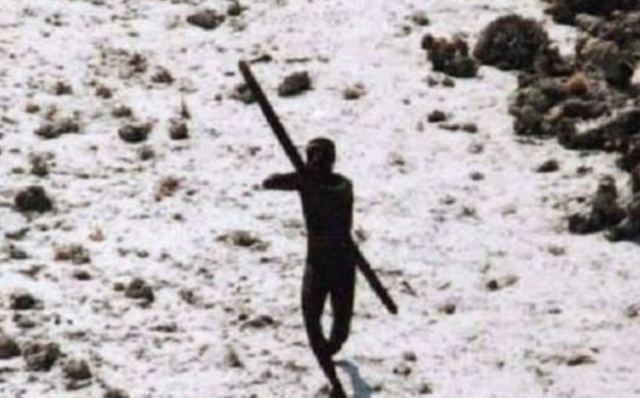 Islanders shelled helicopter sent after the 2004 tsunami
Islanders shelled helicopter sent after the 2004 tsunami
However, behind these stories there was a darker story. The British governors of the islands, ruling from the provincial capital of Port Blair, treated the indigenous peoples with a mixture of condescension, fear and morbid admiration. One officer in particular, Maurice Vidal Portman, led a series of anthropological expeditions among the Andamanese in the late 1900s, living among some of them. But he also kidnapped children and tribal people, took them back to Port Blair and paraded them as curiosities. The film features an extraordinary archival interview with an Andamanese tribesman who describes an evil spirit that steals from the water to eat children. The implication is that this is an ancestral memory of the British invasions translated into folklore.
“There have never been isolated communities on these islands,” Professor Vishwajit Pandya, an Indian anthropologist, tells me. “This is the biggest myth. The idea that you can go and discover an «uncontacted» tribe [is] nonsense. It’s the white man’s burden over and over again.”
Pandya is perhaps the most prominent expert on the tribes of the Andaman Islands. In the 1980s, the Indian government, which now owns the islands, tasked him with deciding how to deal with the indigenous peoples. His «eyes on, hands off» approach has since become official policy. Chau violated international law by trying to reach the people of North Sentinel by bribing local fishermen to sneak past coast guard patrols and get closer to the shore.
Pandya suspects a wider conspiracy: “How the hell did he get there? How did he get past the Navy? John had great romanticism. He saw himself as a great hero, carrying the voice of Christ—by gaining life, I mean! Let's treat people humanely. This idea that these people live without a sense of history…»
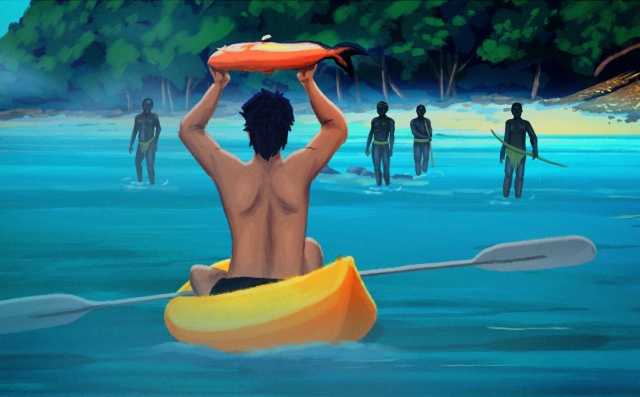 The mission uses animation to dramatize Chau's story. Photo: National Geographic
The mission uses animation to dramatize Chau's story. Photo: National Geographic
In fact, Pandya notes, there is evidence that the North Sentinelese once traded with their neighbors, and they appear to speak the same language. It was only in the 19th and 20th centuries, when outside influences disrupted these historical exchanges, that they retreated and began to be hostile to the violators. “They may not have been contacted, but they are undefeated,” says Pandya. “They have a right to their way of life.”
For Chau, however, North Sentinel exerted a haunting pull. “Satan has taken possession of these people, and I am going to save them from eternal hell fire,” he promised in his diary.
However, his naive, fatal radicalism did not develop in isolation. As the Mission explains, he was encouraged and sponsored by a vast and rich network of missionary organizations. America sent more than 200,000 missionaries in 2021, more than any other country. Most leave with their families, working in communities that have opened up to the outside world. But there are websites, such as The Joshua Project, that map the “unreached” people and encourage them to come forward.
All Nations, a missionary group that supported Chau's attempt, issued a press release after his death calling him a martyr. In 2017, Chau took part in a two-week «missionary boot camp» organized by All Nations in which they role-played a first contact scenario. The film shows footage of the play in action: able-bodied Americans shouting gibberish and waving sticks at each other in a Kansas City park. It's strange, funny — and, in light of what happened next, leaves a terrible taste in my mouth.
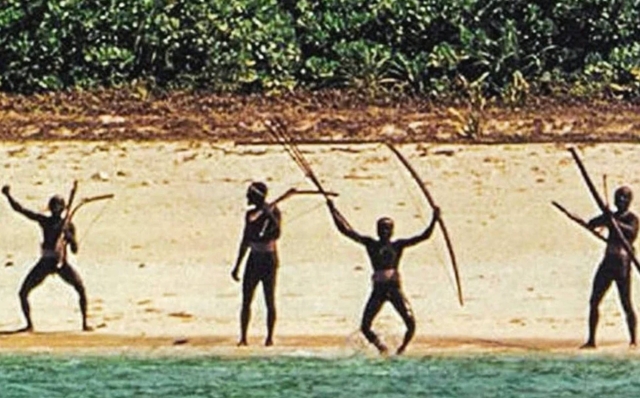 Islanders' The traditional hunter-gatherer way of life is under threat. Photo: Reddit
Islanders' The traditional hunter-gatherer way of life is under threat. Photo: Reddit
“Where is the line between faith and madness?” McBain asks. “Was Chau a martyr or a suicidal fanatic? When you step onto this island, you step on stage and tell a story about yourself. But you don’t tell the story of the people who live there.”
Are the directors worried that their film will encourage further attempts to reach the island? «I'm sure people were already planning to come back before our film was finished,» Moss says. “Like Odysse and Sirens, there is always a call.”
However, the people of North Sentinel face more pressing problems. The Andaman Islands are just meters above sea level and are vulnerable to climate change. And Pandya says illegal logging threatens ecosystems and, as in the Amazon, could bring loggers into contact with indigenous peoples. In almost all of these clashes, the tribesmen fare worse.
But the fate of the northern Sentinelese will now always be linked with the fate of Chau. His diary shows that on the evening before his death he was afraid of what he might encounter, but was confident in the rightness of his goal. “If God is with me, who can be against me?” he wrote.
Mission is in theaters now

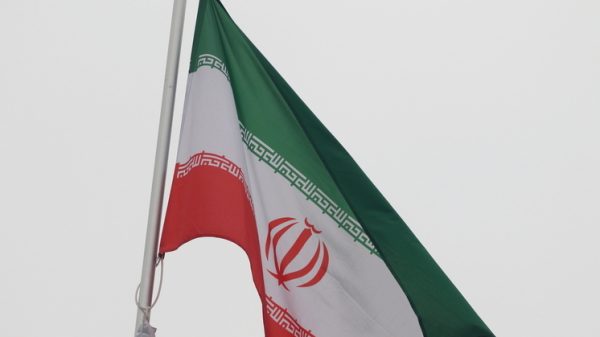
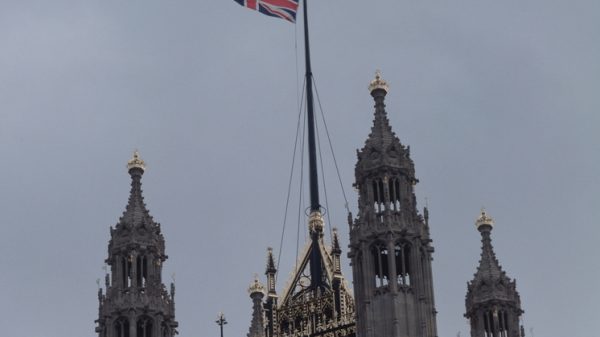

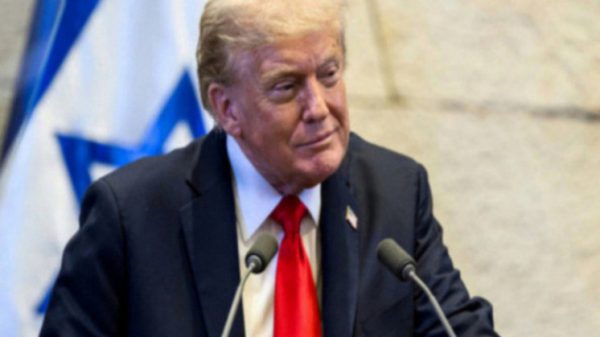






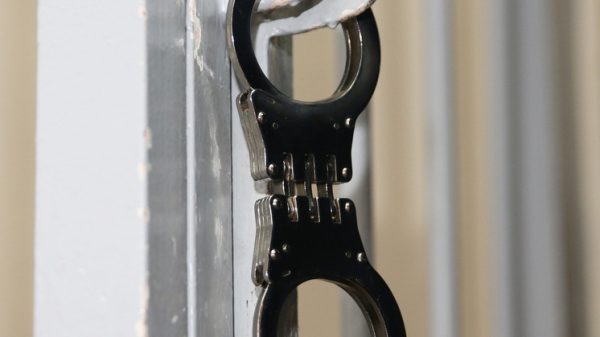
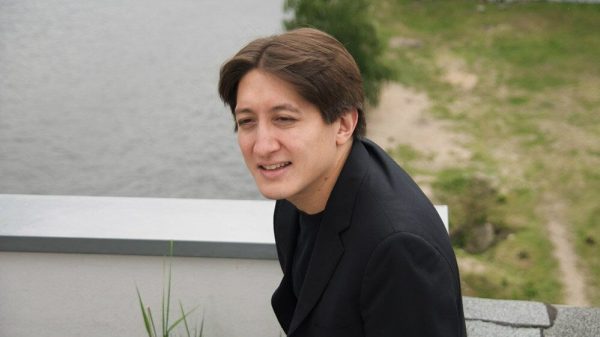
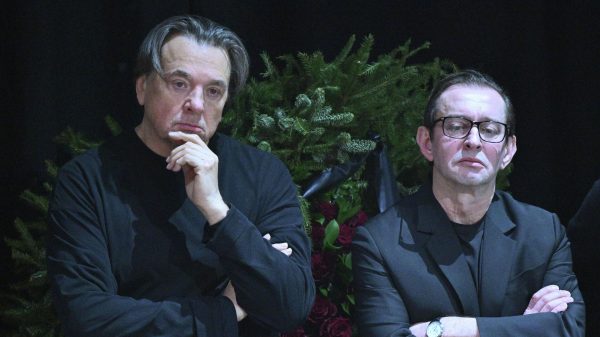

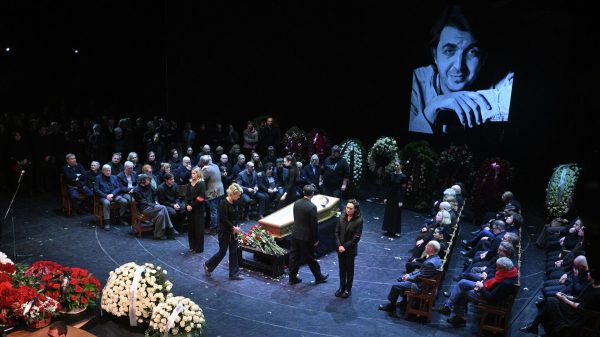
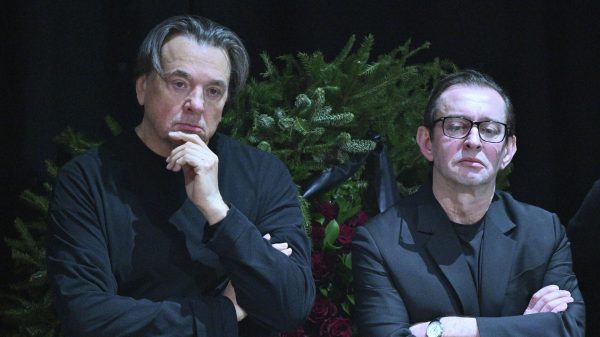

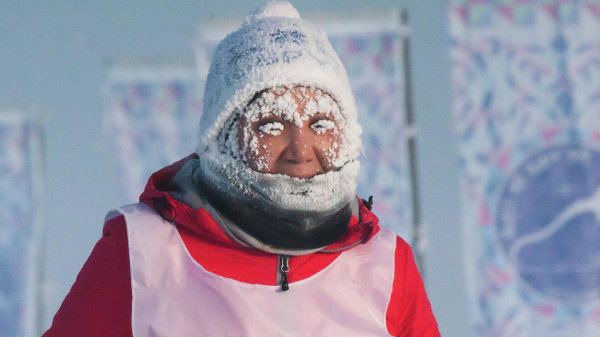
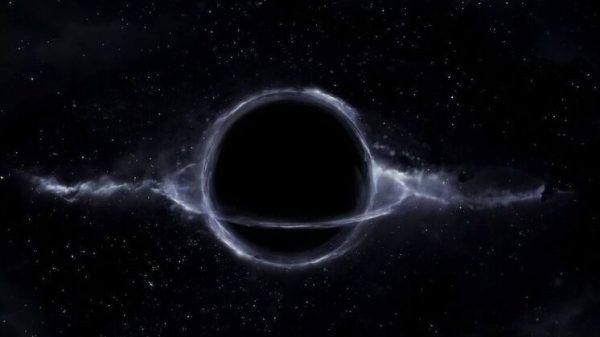

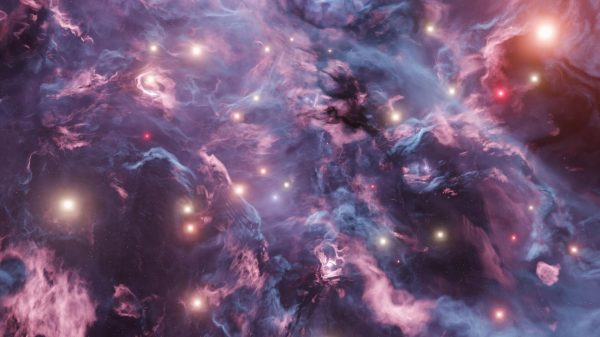


























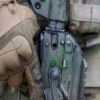
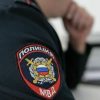
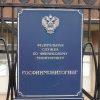






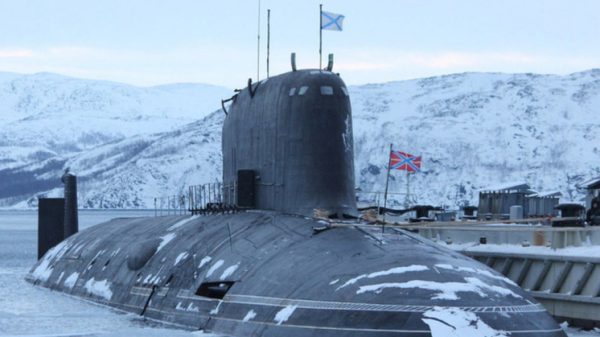
Свежие комментарии